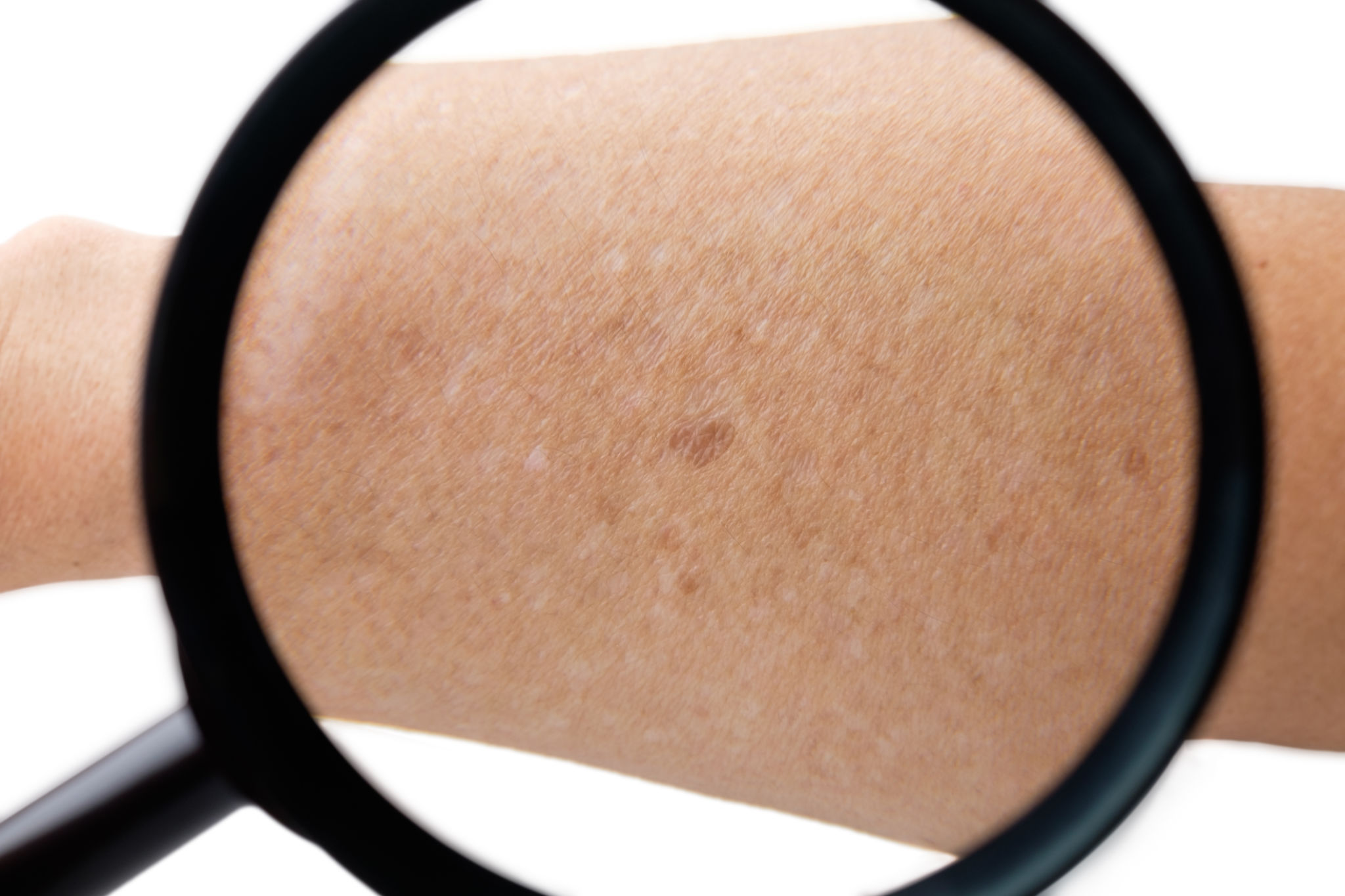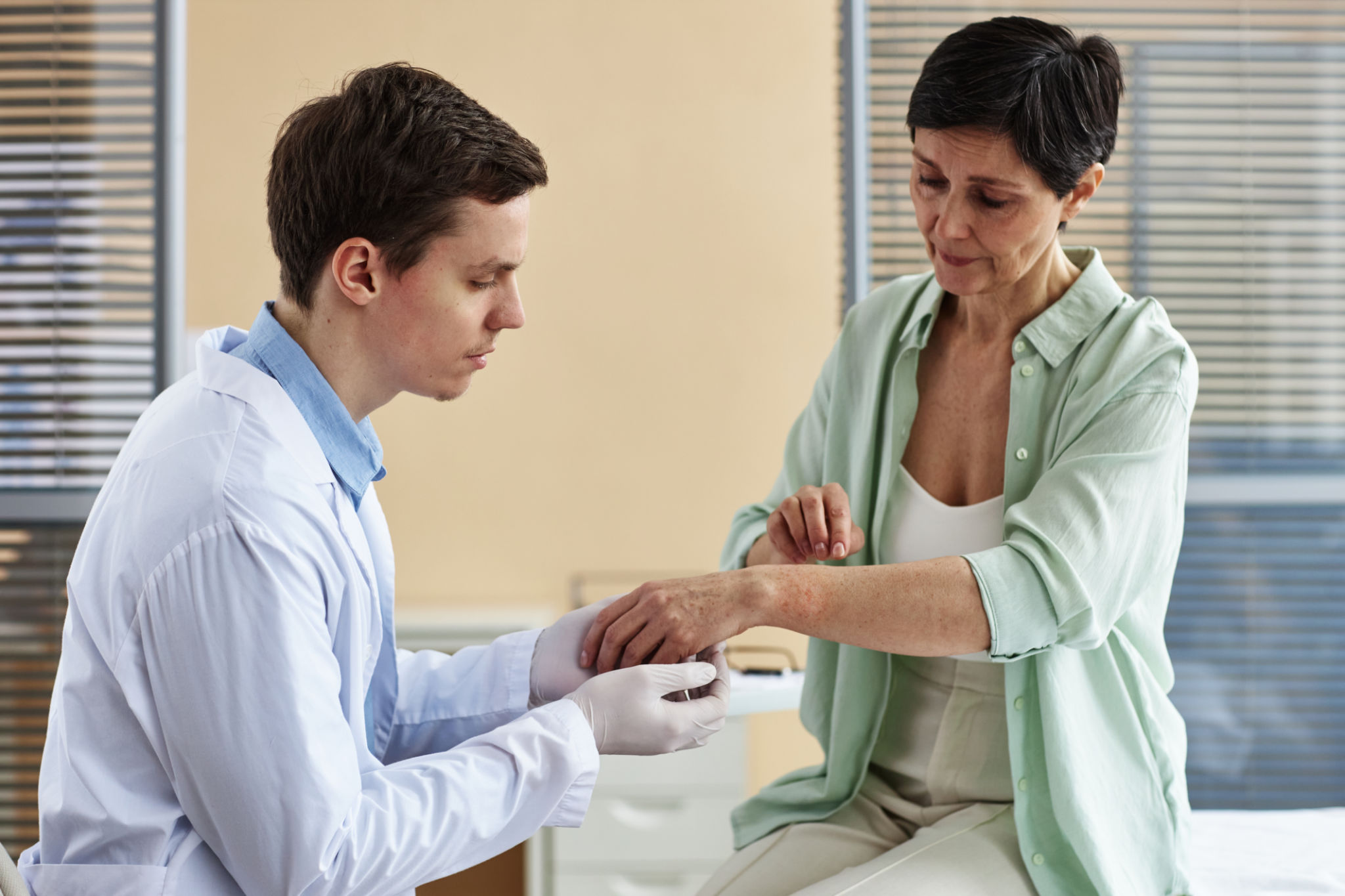Understanding Guttate Psoriasis: Causes, Symptoms, and Treatment Options
Understanding Guttate Psoriasis
Guttate psoriasis is a form of psoriasis characterized by small, drop-shaped lesions on the skin. Unlike the more common plaque psoriasis, which features thick, scaly patches, guttate psoriasis presents as numerous small spots. This condition is most prevalent among children and young adults, often appearing suddenly and potentially following a bacterial infection like strep throat.

Causes of Guttate Psoriasis
The exact cause of guttate psoriasis isn't fully understood, but it is believed to be linked to a combination of genetic and environmental factors. The immune system plays a critical role, where an overactive immune response triggers rapid skin cell production. In many cases, guttate psoriasis is triggered by an infection, particularly streptococcal infections.
Some potential triggers include:
- Bacterial infections, especially strep throat
- Stress
- Injury to the skin
- Certain medications
- Weather changes, particularly cold and dry conditions
Symptoms of Guttate Psoriasis
The hallmark symptom of guttate psoriasis is the appearance of small, red, teardrop-shaped spots on the skin. These lesions can cover large areas of the body but are most commonly found on the arms, legs, and torso. The spots may be itchy and can be accompanied by dry skin that may crack and bleed.

Other symptoms that might accompany guttate psoriasis include:
- Throat pain or soreness before skin lesions appear
- Itching or burning sensations
- Scaly or flaky skin patches
- Changes in nail appearance, such as pitting or discoloration
Treatment Options for Guttate Psoriasis
Treating guttate psoriasis focuses on managing symptoms and reducing flare-ups. While there is no cure for psoriasis, several treatment options can help control the condition. Mild cases may resolve on their own without treatment, but persistent cases often require medical intervention.

Common treatment options include:
- Topical treatments: Corticosteroids, vitamin D analogs, and moisturizers can help reduce inflammation and soothe the skin.
- Phototherapy: Controlled exposure to ultraviolet light can slow down skin cell growth and reduce lesions.
- Oral or injected medications: For severe cases, systemic medications may be prescribed to target the immune system.
- Home remedies: Oatmeal baths and aloe vera gel can provide relief from itchiness and irritation.
Living with Guttate Psoriasis
Living with guttate psoriasis can be challenging due to its unpredictable nature and potential impact on self-esteem. However, many individuals find effective management strategies that allow them to lead fulfilling lives. Education about the condition, support from healthcare providers, and connecting with others who have psoriasis can be beneficial.
It is crucial for those affected by guttate psoriasis to maintain open communication with their healthcare professionals to tailor a treatment plan that suits their specific needs. Regular monitoring and adjustment of therapies can help manage symptoms effectively.

While guttate psoriasis may pose challenges, understanding its causes and symptoms, along with exploring various treatment options, can empower individuals to take control of their skin health. By staying informed and proactive, those affected can minimize the impact of this condition on their daily lives.
